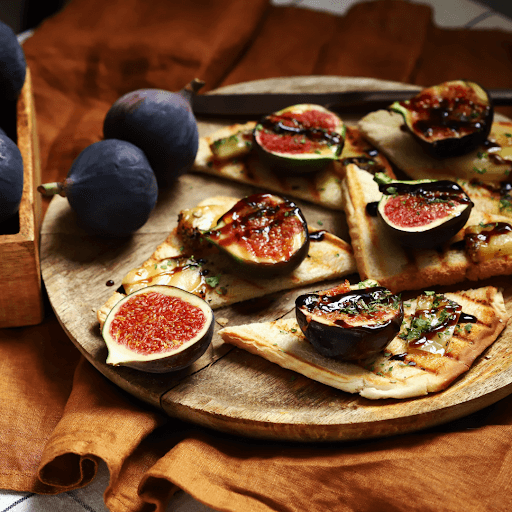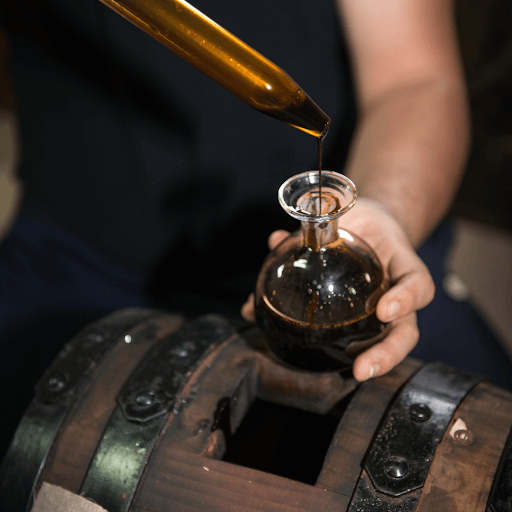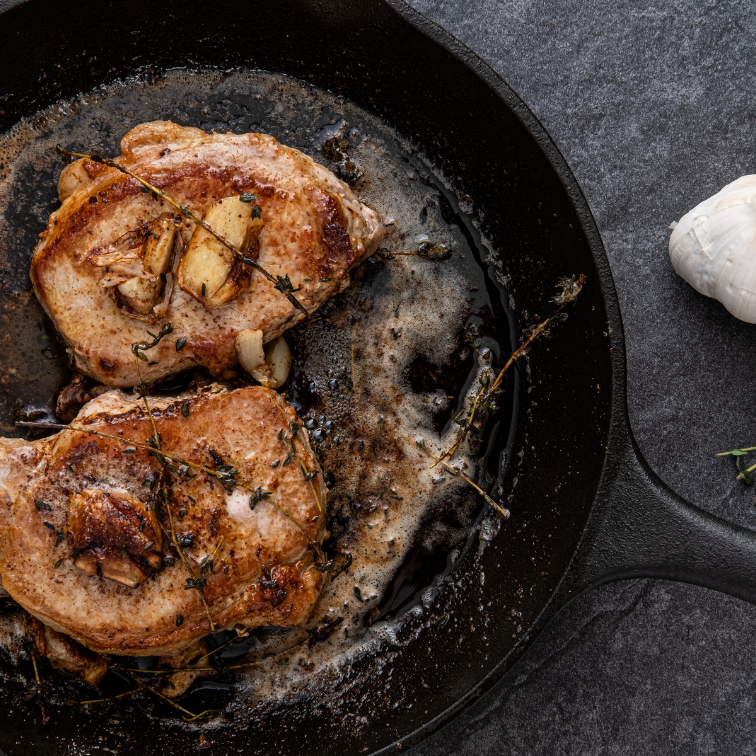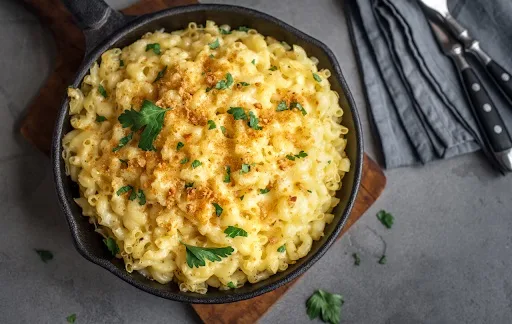If you’re anything like me, balsamic vinegar is a kitchen staple.
I drizzle it over salad, roasted veggies, and fresh fruits.
And let’s be honest, I’ve even tried it over vanilla ice cream. (Don’t knock it till you try it.)
But recently, after a market visit to purchase a new bottle, I realized I knew embarrassingly little about how balsamic vinegar is actually made.
So I went down a rabbit hole on all things vinegar— and I have to say, it’s pretty fascinating.
Whether you’re obsessed with the deep, complex flavor of authentic balsamic vinegar or just want to know what makes one small bottle cost $5 and another $250, here’s what to know about how balsamic vinegar is made — and how to spot the real deal.
What Balsamic Vinegar Actually Is
Let’s start with the basics. Real balsamic vinegar isn’t just a flavored vinegar or a wine vinegar knockoff.
It’s a highly regulated, deeply traditional product that originates from the Emilia-Romagna region of northern Italy — specifically from the cities of Modena and Reggio Emilia.
The real thing, known as Aceto Balsamico Tradizionale (or traditional balsamic vinegar of Modena DOP), is made from cooked grape must — usually from Trebbiano grapes — and absolutely nothing else.
No caramel coloring. No xanthan gum. No guar gum. No white wine vinegar or red wine vinegar added in for balance.
And DOP? That stands for Denominazione di Origine Protetta — the European Union’s certification that a food product was made using traditional methods in a specific geographical indication.
So yeah. The real stuff is kind of a big deal.

The Three-Step Process
Balsamic vinegar — true traditional balsamic vinegar — is made through a surprisingly long and process.
It all starts with grape juice, but not just any juice. We’re talking freshly pressed must from specific grape varieties, most often Trebbiano or Lambrusco.
Here’s how it works:
Step 1: Cooking the Must
The grape juice is cooked over an open flame until it reduces into a thick, dark, syrupy liquid. This step concentrates the natural sugars and kicks off the fermentation process.
Step 2: Fermentation & Aging
Once cooled, the must goes into a large barrel to begin its slow transformation. Over time, acetic acid bacteria begin the fermentation process, converting the natural sugars into that tangy vinegar profile we all know and love.
Step 3: The Solera Method
Now for the cool part. The vinegar is aged through a series of wooden barrels — a setup called a “solera,” where the liquid moves from larger barrels to smaller barrels each year.
Every year, a small amount is removed from the smallest barrel (often called the first barrel or mother barrel), and the barrels are topped off with liquid from the one before it.
These barrels are made of different types of wood — cherry, oak, juniper, mulberry, chestnut — and each imparts a different nuance to the vinegar’s flavor. It’s this process that gives aged balsamic vinegar its complexity and depth.

How Long Is Balsamic Aged?
Traditional balsamic vinegar must be aged for a minimum of 12 years to even qualify for certification. Some are aged 25 years or longer — and yes, those are the expensive vinegars you see in the fancy packaging with the white caps and the tiny spoon.
The aging process happens in a cool, dark place, often an attic or loft where the temperature fluctuates naturally throughout the seasons. These changes help concentrate the flavor and develop that prized balance of sweet, sour, and umami.
Fun fact: In Reggio Emilia, aged balsamic vinegar is such a prized possession that families pass down their own balsamic vinegar barrels like heirlooms.
Types of Balsamic Vinegar and How to Tell Them Apart
Here’s where things can get confusing. Not all balsamic vinegars are created equal, and there are different grades — with different ingredients, aging processes, and price points.
1. Traditional Balsamic Vinegar of Modena DOP
- Label: “Aceto Balsamico Tradizionale di Modena DOP”
- Made from: Cooked grape must only
- Aged: Minimum 12 years, often 25+
- Flavor: Rich, syrupy, complex flavor — think black gold
- Use: Special occasions, drizzled over parmigiano reggiano or strawberries
2. Balsamic Vinegar of Modena I.G.P.
- Label: “Aceto Balsamico di Modena IGP”
- Made from: Grape must plus wine vinegar (often with additives like caramel or guar gum)
- Aged: Sometimes aged, sometimes not
- Flavor: More acidic, less complex
- Use: Everyday use — salad dressing, marinades, soy sauce swaps
3. Imitation Balsamic Vinegar
- Label: Usually just says “balsamic vinegar”
- Made from: Wine vinegar, caramel coloring, sugar
- Aged: Not really
- Flavor: Sharp, flat, often overly sweet
- Use: Skip if you’re looking for the real deal
What Makes the Real Deal So Special?
For me, the biggest draw is the flavor. True balsamic vinegar isn’t just sour — it’s complex. It’s velvety. It hits notes of fig, cherry, molasses, and aged wood. And because the only ingredient is grape must, you’re tasting the concentration of natural sugars and time itself.
It’s also incredibly labor-intensive. A traditional set of barrels can take decades to mature. It’s not mass-produced. It’s monitored by a special certification agency. There’s even a panel of experts who taste-test every batch before it’s bottled.
So yes, that tiny small bottle with the DOP label is worth it — and no, it’s not just for salad dressing.

Tips for Buying the Best Balsamic Vinegar
- Look for the DOP label if you want authentic balsamic vinegar made using traditional methods.
- Check the ingredient list — the only ingredient should be cooked grape must.
- Avoid bottles that list caramel coloring, sugar, xanthan gum, or guar gum.
- A high-quality balsamic vinegar should have a thick, syrupy texture and a balanced sweet-sour flavor.
- If you’re in Italy, buy from a local producer or schedule a tasting tour in the Emilia-Romagna region.
How to Use It (Beyond Salad)
- Drizzle over roasted vegetables or fresh strawberries.
- Spoon over a wedge of parmigiano reggiano or a caprese salad.
- Add a drop or two to vanilla ice cream or gelato — trust me.
- Use as a finishing glaze over grilled meats or tofu.
- Mix with olive oil and mustard for a next-level vinaigrette.
You don’t need much — just a few drops of aged balsamic vinegar can elevate a dish.

Can I Make My Own Balsamic Vinegar?
Sort of. You can try making your own balsamic vinegar at home using grape juice, a fermentation starter (like apple cider vinegar with the “mother”), and patience.
But replicating the traditional solera method — with a set of barrels made from different wood types and 12+ years of aging — is tough unless you’ve got space, time, and a deep love of vinegar.
That said, there’s no harm in experimenting. Even a simple infusion can add richness to your cooking and give you a deeper appreciation for what goes into making the real thing.
Frequently Asked Questions (FAQs): Balsamic Vinegar Basics
Q: What’s the difference between DOP and IGP balsamic?
A: DOP is the highest quality, made only from grape must and aged for at least 12 years. IGP is more mass-market, made from a mix of must and wine vinegar, often with additives.
Q: Is white balsamic vinegar the same thing?
A: Nope. White balsamic vinegar is made from white grapes and cooked at lower temperatures to preserve the pale color. It’s less intense and great for light dishes.
Q: What is “black gold”?
A: It’s a nickname for traditional aged balsamic vinegar because of its rich color, thickness, and high value — literally and flavor-wise.
Q: Why is real balsamic vinegar so expensive?
A: Because it’s made with the best ingredients, aged for decades, monitored by a special certification agency, and produced in limited quantities. It’s the real deal.
Q: How should I store balsamic vinegar?
A: Keep it in a cool, dark place, tightly sealed. No need to refrigerate, especially aged varieties.
Balsamic vinegar isn’t just vinegar — it’s history, tradition, craftsmanship, and flavor all rolled into one small bottle.
Whether you’re tasting aged balsamic vinegar from a cellar in Reggio Emilia or grabbing a bottle of balsamic vinegar of Modena I.G.P. from your grocery store for everyday use, knowing how it’s made and what makes it special totally changes the way you use it.
So next time you’re at the store staring at shelves of options, you’ll know what to look for — and maybe, just maybe, you’ll treat yourself to a bottle of the real thing. Black gold never tasted so good!









